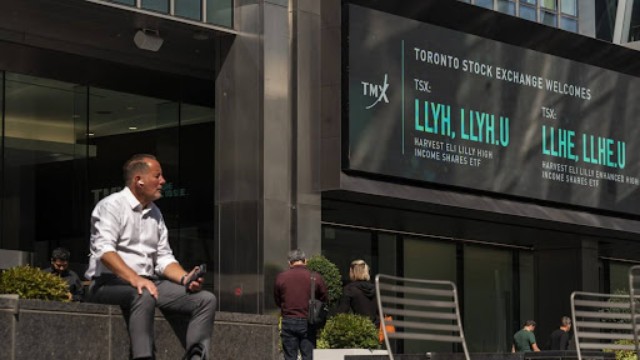
Federal Reserve Chair Jerome Powell made an announcement regarding interest rates at the New York Stock Exchange in New York City, as reported by Reuters.
The U.S. Federal Reserve's surprise decision to cut interest rates by an unusually large half-percentage point didn’t spark the dramatic market shifts many expected. Instead, the stock market's reaction was mostly muted. However, experts warn that this calm might not last.
Investors had been anticipating the Fed's move, though opinions were divided. Some expected a 50-basis-point cut, while others thought it would be 25 points. Ultimately, the Fed opted for a larger 0.5% cut, trying to manage inflation and stimulate economic growth. This marked the Fed's effort to catch up with the economic downturn.
Despite the significant cut, stock markets and the U.S. dollar experienced only slight shifts. Stocks reversed their earlier gains, ending the day with minor losses. Bond yields, however, showed more movement. After the rate cut, the 10-year Treasury yield jumped by seven basis points, signalling a potential rise in inflation expectations. Analysts suggested that the bond market's reaction could be a warning sign for future economic uncertainty.
Brian Jacobsen, the chief economist at Annex Wealth Management, mentioned that the calm could be temporary. The markets briefly rallied before showing signs of weakness again by the end of the day. Jacobsen stressed the importance of upcoming economic data, particularly Thursday's jobless claims report, which could further influence market direction. He suggested that the Fed's decision was an attempt to recover lost ground and stabilize the economy.
Other market experts shared similar concerns. Karl Schamotta, the chief market strategist at Corpay, expressed that traders in global markets might face volatile moments as other economies adjust to the U.S. rate cuts. Currency markets, in particular, could experience sudden swings as a result of the Fed’s decision.
Even though Wednesday's stock market reactions were not extreme, some analysts pointed to specific reasons for the subdued response. Sonu Varghese, a macro strategist at Carson Group, explained that asset prices had already moved in anticipation of the Fed’s decision. In the days leading up to the rate cut, stock indexes like the Russell 2000 surged by 5%, and the dollar weakened slightly. This pre-emptive movement diluted the immediate impact of the actual rate cut, following the common market adage, “buy the rumour, sell the news.”
The bond market, however, didn’t escape the Fed's influence. Jack McIntyre, a portfolio manager at Brandywine Global, remarked that since the Fed's move was expected, there wasn't a large shock to financial markets. Nevertheless, Treasury yields rose sharply, reflecting market concerns about long-term inflation and economic growth.
Smaller stocks, which had initially benefited from the rate cut, also experienced a reversal. The Russell 2000 index, focused on small-cap companies, saw a brief spike of nearly 1% immediately after the Fed's announcement, only to finish flat by the end of the day. Smaller businesses tend to rely more on borrowing, so the rate cut would normally benefit them by reducing their financing costs. However, the rally didn't hold, reflecting broader market uncertainty.
Fed Chair Jerome Powell described the rate cut as a "strong start" to ensuring economic stability, but not everyone was reassured. Some investors are questioning what drove the Fed to make such a large cut. Matthew Rowe of Nomura Capital Management suggested that the cut may have been driven by concerns not yet visible to the public, leading to some investors taking profits and selling stocks in response.
In conclusion, while the initial reaction to the Fed’s bold rate cut was calm, the market’s future remains uncertain. With bond yields rising and fears of inflation, investors will likely stay on edge, watching for any signs that may indicate where the economy is headed next.















